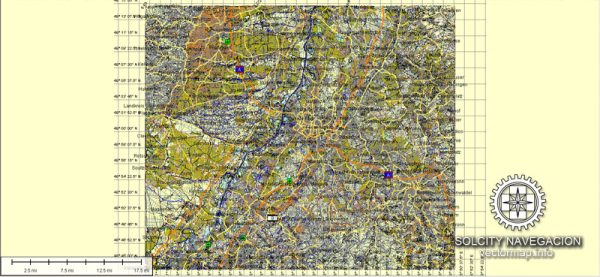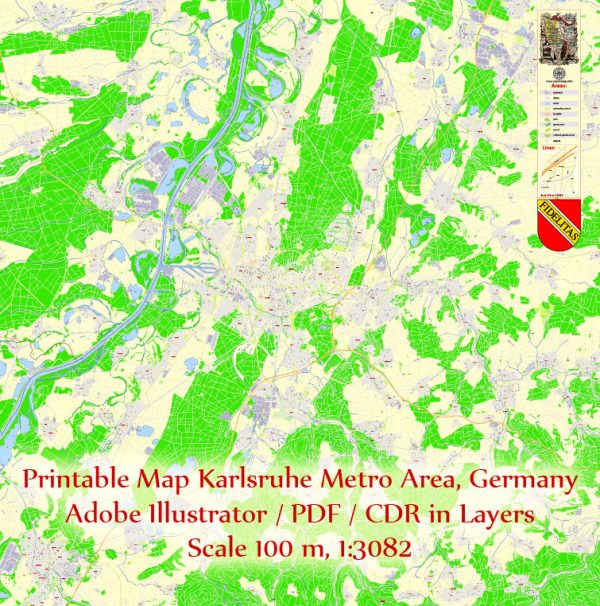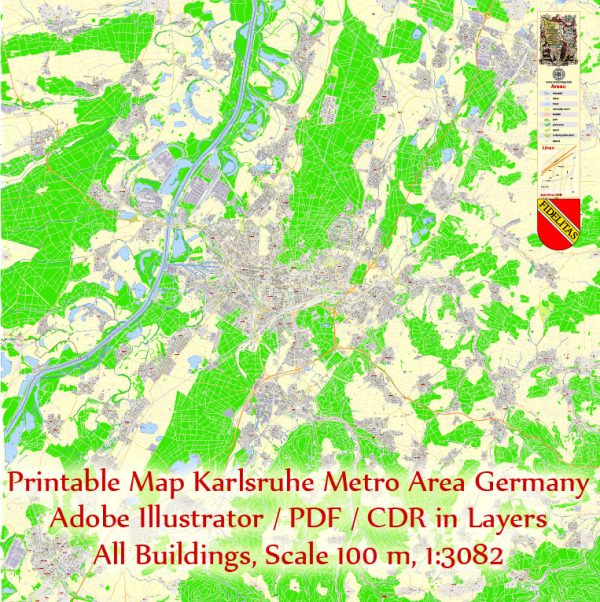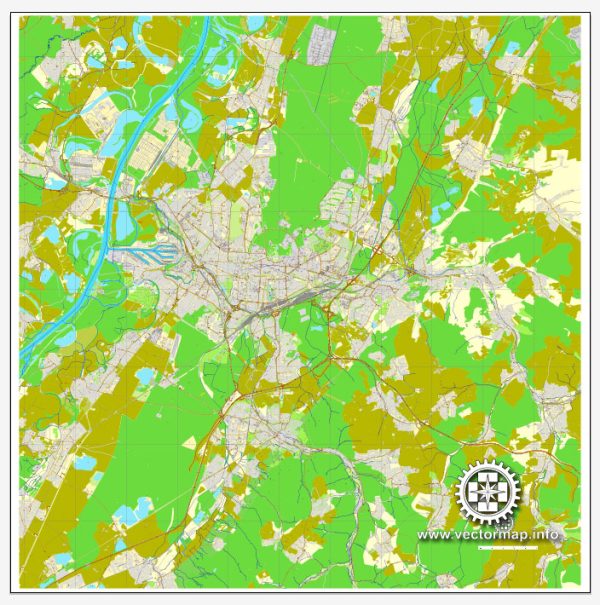Karlsruhe, located in southwest Germany, has a rich history of urban development that spans several centuries. Here is an overview of key historical aspects of Karlsruhe’s urban development:
- Founding of Karlsruhe (1715): Karlsruhe was founded by Margrave Charles III William of Baden-Durlach in 1715. The Margrave chose the site for his new residence in the northern part of the Duchy of Baden, near the meeting point of the Rhine and the Neckar rivers. The city’s name, Karlsruhe, translates to “Charles’ repose.”
- Baroque City Layout: One of the most distinctive features of Karlsruhe is its Baroque city layout. The city was planned around a central palace, the Karlsruhe Palace, with streets radiating like spokes from the palace, creating a fan-shaped design. This layout was meant to symbolize the Margrave’s absolute power.
- Karlsruhe Palace: The Karlsruhe Palace, built in the center of the city, served as the residence of the Margraves of Baden. The palace was initially a simple hunting lodge but was expanded and renovated over the years. Today, the palace houses the Baden State Museum.
- Expansion and Growth: Over the centuries, Karlsruhe expanded beyond its original boundaries. The fan-shaped layout allowed for systematic urban expansion, and the city gradually grew in population and economic importance.
- Cultural and Educational Hub: Karlsruhe became a cultural and educational hub, with institutions such as the Karlsruhe Institute of Technology (KIT) and the Center for Art and Media (ZKM) contributing to the city’s reputation as a center for science and the arts.
- 19th Century Developments: In the 19th century, Karlsruhe experienced further urban development, influenced by architectural styles of the time. The city adapted to industrialization, and the railway system contributed to economic growth.
- World Wars and Reconstruction: Like many European cities, Karlsruhe suffered damage during World War II. The post-war period saw extensive reconstruction efforts, with an emphasis on preserving the city’s historical character. Many historic buildings were restored, and new developments were planned with respect to the existing urban fabric.
- Contemporary Urban Planning: Karlsruhe continues to evolve as a modern city with a mix of historical and contemporary architecture. Urban planning efforts focus on sustainability, green spaces, and maintaining a high quality of life for residents.
Karlsruhe’s unique Baroque layout, combined with its historical significance and ongoing commitment to cultural and educational pursuits, makes it a fascinating city to explore from both historical and contemporary perspectives.





 Author: Kirill Shrayber, Ph.D.
Author: Kirill Shrayber, Ph.D.